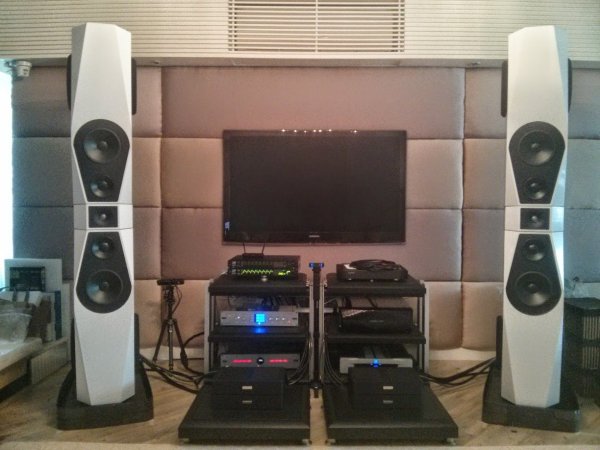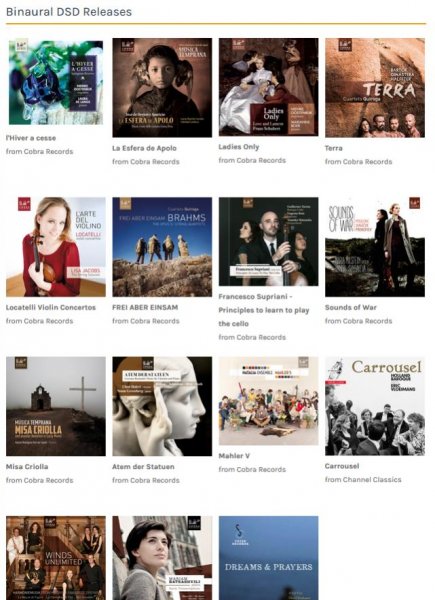IIRC, the BACCH-SP system includes HRTF processing with which it can encode signals to appear as if coming from above or below. I cannot comment on how or how well it is done.
Interesting. I can't comment on the general quality of the illusion, either, but unless there is information embedded in the recordings to tell the system when the trumpet player stands up, how tall the singer is, how high he wears his acoustic guitar...it can't be real; it can only be an illusion, a processing trick. Typically none of this matters much, as we typically sit far enough away from a performance that this information is completely obscured anyway. Perhaps this processing just aims to create the ambience of a performance space? Then, of course, the question would be what performance space? How high is the ceiling? How far back is the listening position? What part of the signal goes high? And how can the system address any of these issues if specific data is not in the recording? It can't. Personally, I don't mind processing effects, as long as I can turn them off (and I usually tire of them pretty quickly), but most audiophiles seem to be pretty seriously opposed to them.
Tim








